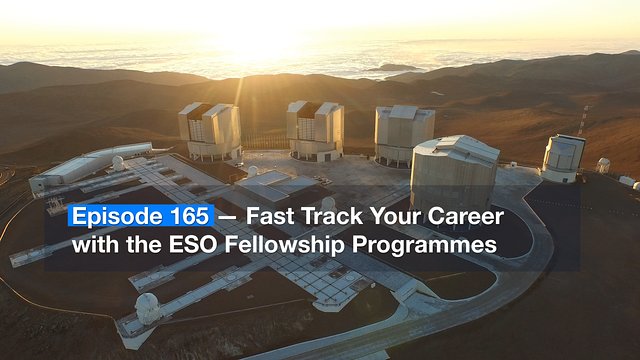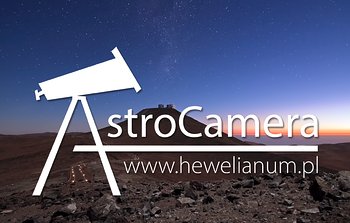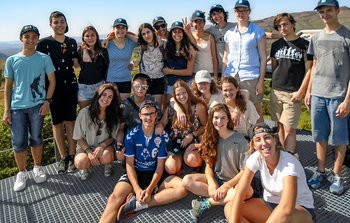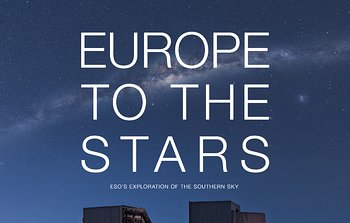Astronomers using the MUSE instrument on ESO’s Very Large Telescope in Chile, and the NASA/ESA Hubble Space Telescope, have made the most precise test yet of Einstein’s general theory of relativity outside the Milky Way. The nearby galaxy ESO 325-G004 acts as a strong gravitational lens, distorting light from a distant galaxy behind it to create an Einstein ring around its centre. By comparing the mass of ESO 325-G004 with the curvature of space around it, the astronomers found that gravity on these astronomical length-scales behaves as predicted by general relativity. This rules out some alternative theories of gravity.
The release, images and videos are available on:
https://www.eso.org/public/news/eso1819/
Kind regards,
The ESO Education and Public Outreach Department
21 June 2018

|
19 June 2018: Each year, several outstanding early-career scientists have the opportunity to further develop their independent research through post-doctoral programmes at ESO. The ESO Fellowship Programme is available both in Chile and ...
|
| Read more |

|
19 June 2018: The winners of this year’s AstroCamera competition have been announced. Polish astrophotographer Andrzej Fijołek is the winner in the Deep Sky Objects category for his spellbinding image of the ...
|
| Read more |

|
14 June 2018: The winner of the AstroCamp 2018 bursary offered by ESO has now been selected from over 50 applications from more than 10 countries. ESO is delighted to announce that Paloma ...
|
| Read more |

|
14 June 2018: ESO is proud to announce the release of Europe to the Stars, a brand new open-source planetarium show that tells the story of ESO’s exploration of the southern sky ...
|
| Read more |

|
Interview with: Martino Romaniello
15 June 2018: ESO is proud of being the most productive ground-based observatory in the world, making observations that led to over one thousand scientific papers in 2017 alone. But to produce such ...
|
| Read more |
|
|
|
|